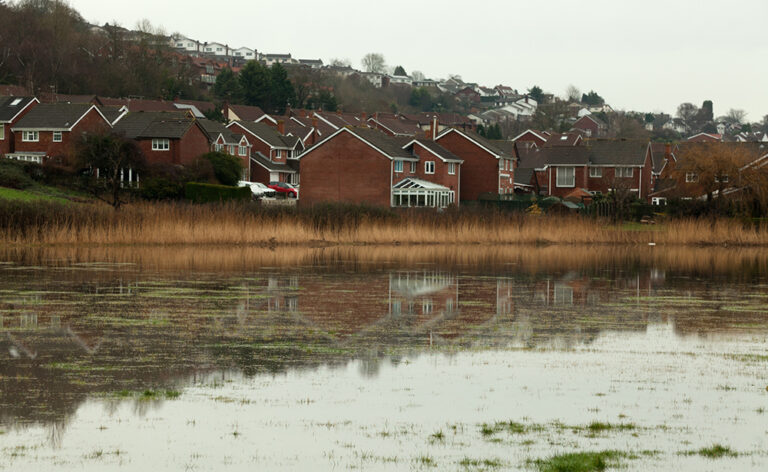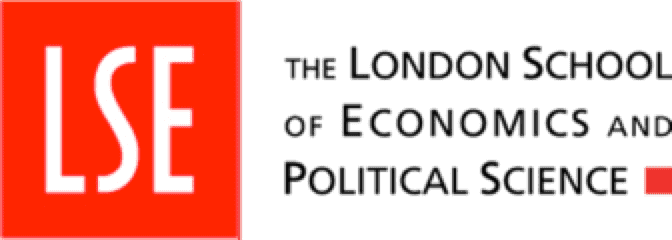Bridging disciplines: law, science and the emergence of climate attribution

Attribution science quantifies the increasingly destructive force of climate change around the world. This science is now informing policy efforts and legal claims over who should take responsibility. On January 9-10 2025, an interdisciplinary conference was held in the Sabin Center for Climate Change Law in Columbia Law School which brought together academics and legal practitioners to explore the evolving relationship between science and law. The event provided a comprehensive and accessible overview of the state of attribution science and emphasised the value of sustained, collaborative engagement across disciplines. At the heart of the conference was the recognition that attribution science, which links specific impacts to emissions, is not only a result of scientific advancements, but is also increasingly a powerful evidentiary tool. It renders complex relationships legible, and, increasingly, litigable.
Multidisciplinarity and conceptual translation
Rather than reinforcing a binary between law and science, the conference highlighted multiple levels of interdisciplinary engagement. Participants brought specific expertise from climate modelling, impact attribution, vulnerability research, tort law, human rights law, and constitutional law, highlighting the range of fields that are required to make sense of attribution science and make it a useful concept. A central theme across sessions was the challenge of conceptual translation: the effort required to make different disciplinary frameworks and vocabularies intelligible to one another. For example, while scientists focus on questions of causality and uncertainty, legal practitioners are more concerned with responsibility, liability, and redress. As one panelist noted, legal reasoning often necessitates simplification of scientific data for comprehension, but such simplification risks eroding the integrity of the science. This requires a delicate balance: how can science be made legible in court without becoming reductive?
During the conversation, narrative storytelling emerged as a particularly relevant approach for understanding causation in both science and law. This is a useful framework for understanding and organizing the wealth of information that was discussed at the conference. As scientific data do not speak for themselves; they are organized into narratives that become meaningful in legal, social, and political contexts. This storytelling lens then prompts critical reflection: what kinds of legal narratives can be constructed using attribution data? What is lost – or gained – when scientific (un)certainty is translated into legal argumentation?
The specifics of attribution
The conference highlighted the discussions of end-to-end attribution and the creation of causal chains, concepts specific to the broader umbrella of attribution science. However, despite scientific developments in the field, constructing these causal chains remains complex. Confounding uncertainties can arise in the process of integrating diverse datasets, climate models, and statistical methods. The scale at which attribution is attempted also matters: impacts are easier to attribute at larger spatial or temporal scales (e.g., national or regional), whereas pinpointing impacts or harm to a single person involves greater uncertainty. This gives rise to the idea of “aggregating the plaintiff”: a concept that allows legal claims to be more robust when based on collective harm, rather than individual injury. How this approach can be reconciled with existing legal doctrines is a key area for future exploration. As it is easier to attribute harm for a larger set of plaintiffs at once, the question becomes: how can these be translated into legally sound arguments?
Judicial engagement and global perspectives
One of the standout points made during the conference was the fact that judges require support to evaluate evidence in climate litigation. A judge who participated in one of the sessions highlighted that courts would benefit from climate science training. How can legal professionals better support judicial understanding of complex climate science? And how can courts, in turn, help shape robust evidentiary standards for attribution?
The conference also emphasised the importance of including Indigenous and Global South perspectives in both climate science and legal discourse. While there is much more work to be done, initial steps have been taken to incorporate Indigenous knowledge systems into litigation strategies. These insights challenge Western-centric assumptions and epistemologies about causality, responsibility, and resilience, enriching the broader conversation on climate justice.
Moving forward: dimensions of language, law and future outlook
One of the key challenges identified during the conference is the need to clarify the scientific methodologies most suitable for legal application, mindful of differences in jurisdictions and legal systems. A recurring issue that came up is the misappropriation or misunderstanding of scientific vocabulary by legal professionals: terms like “hazard,” “risk,” “exposure,” and “vulnerability” are often used inconsistently, but precision in language is essential for effective interdisciplinary work.
The perspective of defendants also deserves greater attention. What counter-narratives are being constructed in response to attribution claims? How are uncertainties being presented, and what evidentiary strategies are emerging to challenge causation?
With rapidly growing numbers of climate lawsuits against governments and corporations around the world, scientists may benefit from a better understanding of how their work is being used in courtrooms. What kinds of cases succeed? Which evidence do courts find most compelling? When does attribution matter most? How are different legal systems interpreting (or not interpreting) climate evidence?
Towards deeper engagement
The conference served as both a milestone and a call to action. While interdisciplinary dialogue is often touted as important, and no doubt it is, the event showed what it looks like in practice – complex, intellectually demanding, occasionally disjointed, but ultimately (and hopefully) generative. Future conferences of a similar nature could offer more space for cross-disciplinary questions, intergenerational views, and collaborative problem-solving, in order to co-produce knowledge that is both scientifically sound and legally actionable.
Perhaps the most significant contribution of the conference was not so much bringing together a diverse group of participants and the provocations of the interventions, but the questions it elicited. These questions provide important insight as to how legal scholars and scientists can approach their shared discourse moving forward. For interdisciplinary events seeking to build lasting collaboration, it may be that the questions themselves – emergent and unresolved – are as valuable as any concrete answers.
This commentary was first published by the PLOS Blog Latitude on 16 April 2025. Reproduced here with permission.

